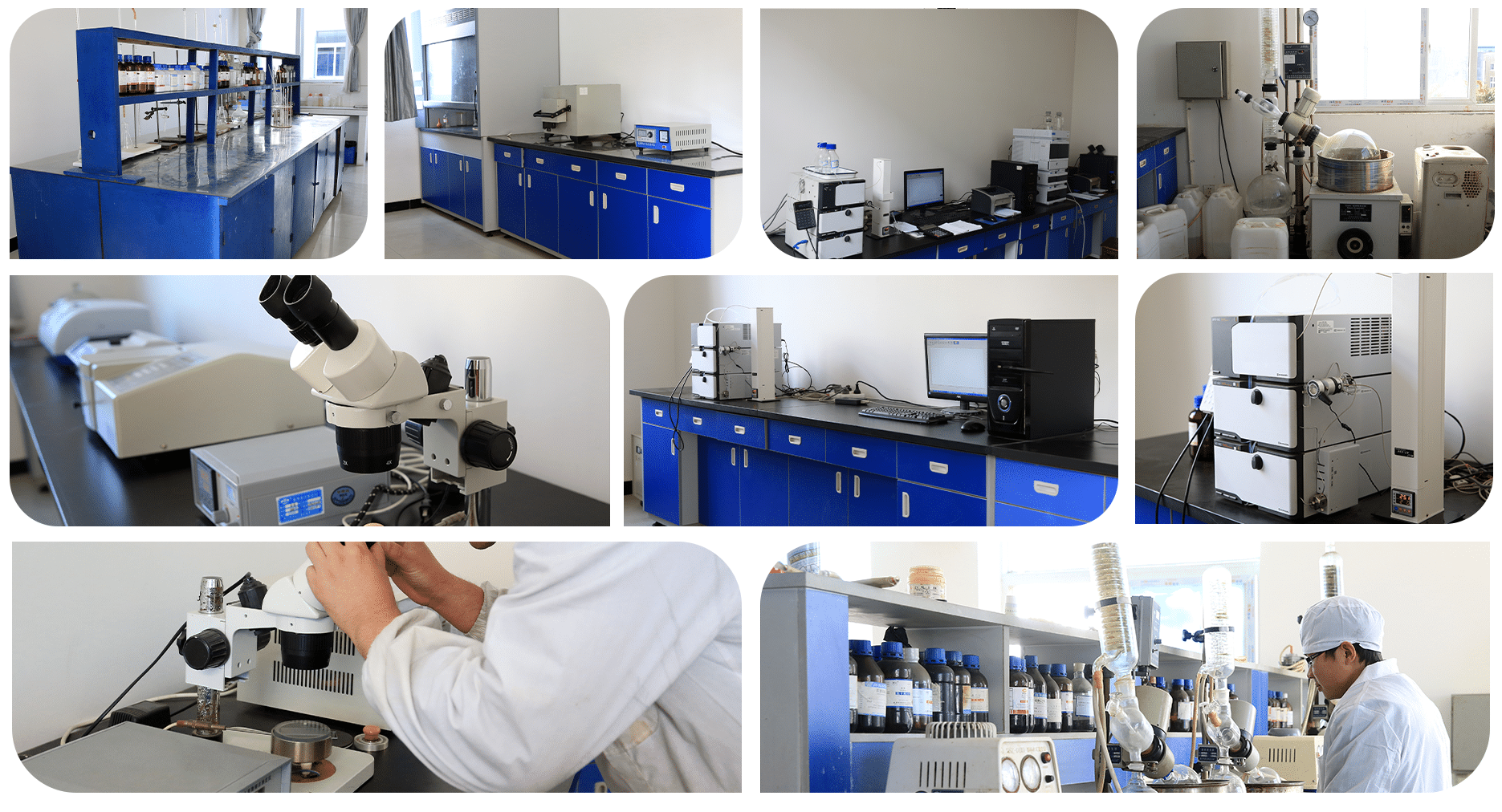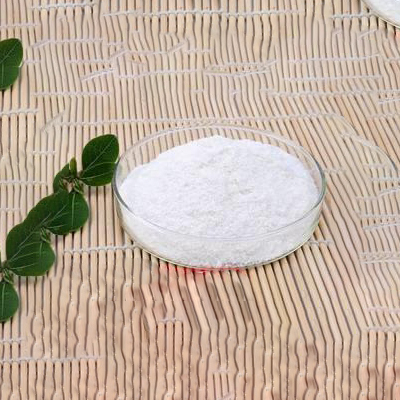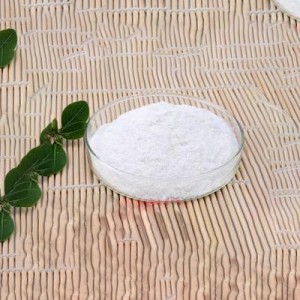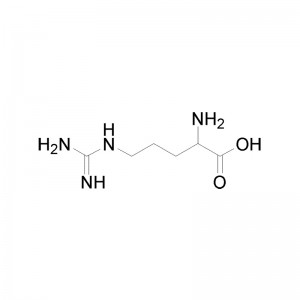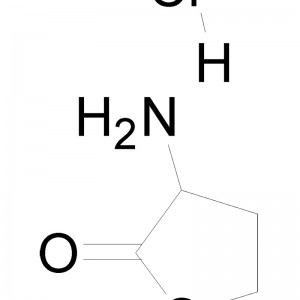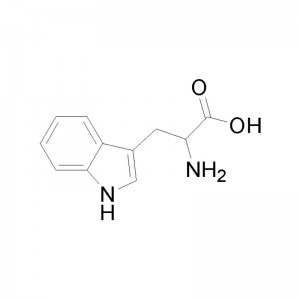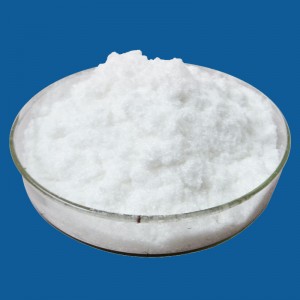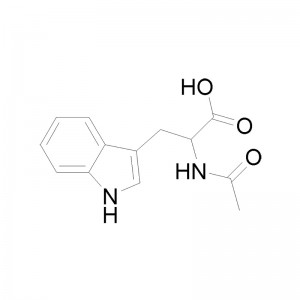
DL-Threonine
DL-Threonine
| Chemical Name or Material | DL-Threonine | |
| Molecular Formula | C4H9NO3 | |
| InChI Key | AYFVYJQAPQTCCC-UHFFFAOYSA-N | |
| IUPAC Name | 2-amino-3-hydroxybutanoic acid | |
| PubChem CID | 205 | |
| Formula Weight | 119.1 | |
| Percent Purity | >99% | |
| CAS | 80-68-2 | |
| Synonym | dl-threonine, allo-dl-threonine, threonine, dl, dl-allothreonine, dl-2-amino-3-hydroxybutanoic acid, threonine l, h-dl-thr-oh, dl-allo-threonine, allothreonine, d, wln: qy1&yzvq-l | |
| SMILES | CC(C(C(=O)O)N)O | |
| Molecular Weight (g/mol) | 119.12 | |
| ChEBI | CHEBI:38263 | |
| Physical Form | Powder | |
| Color | White | |
Appearance: White to off-white powder
Product Quality meets: Our company standards.
Stock status: Usually keep 300-400KGs in stock.
Application: it is widely used in food additives, pharmaceutical intermediate.
Package: 25kg / barrel
Properties: white crystal or crystalline powder. Sweet and odorless. Melting point: 245 ℃ (decomposition).
Other characters: no optical rotation. The chemical properties are stable. Soluble in water (20.1g/100ml, 25 ℃), the water solution is sweet and refreshing. It is insoluble in methanol, ethanol (0.07g/100ml, 25 ℃), acetone, etc. The physiological effect of DL threonine is half of that of L threonine. When lacking, it is easy to cause anorexia and fatty liver.
Purpose: nutritional supplement
Safety terminology
S24/25Avoid contact with skin and eyes

